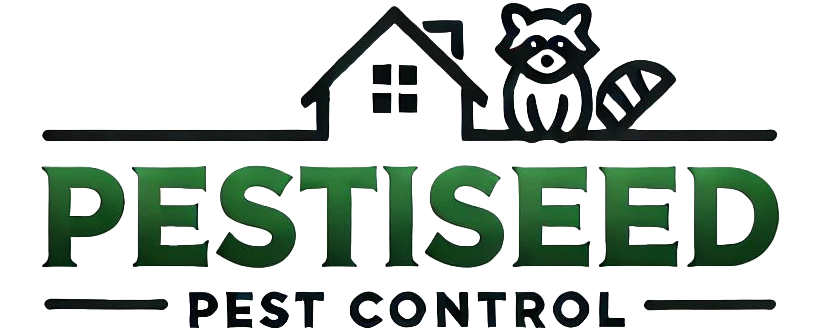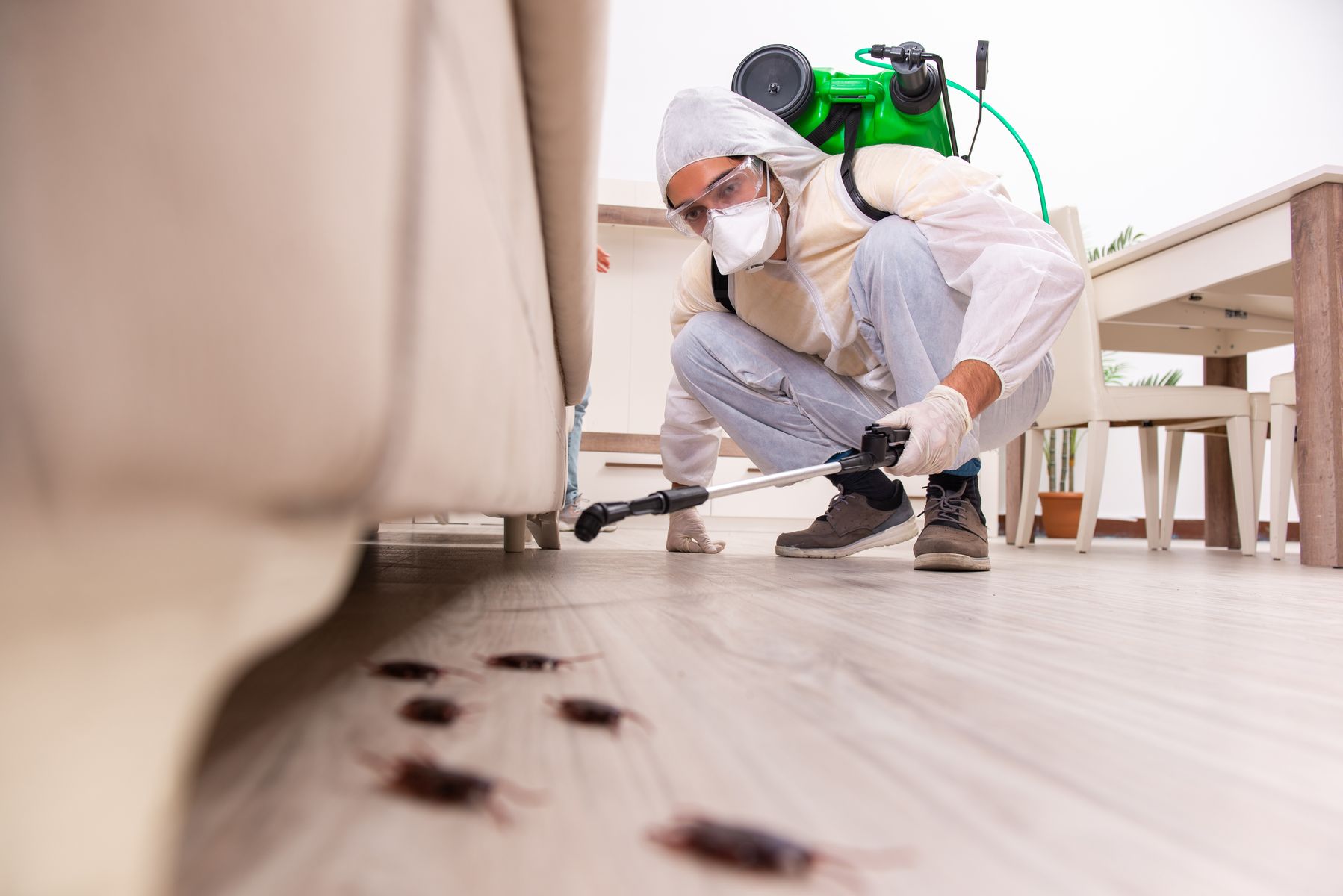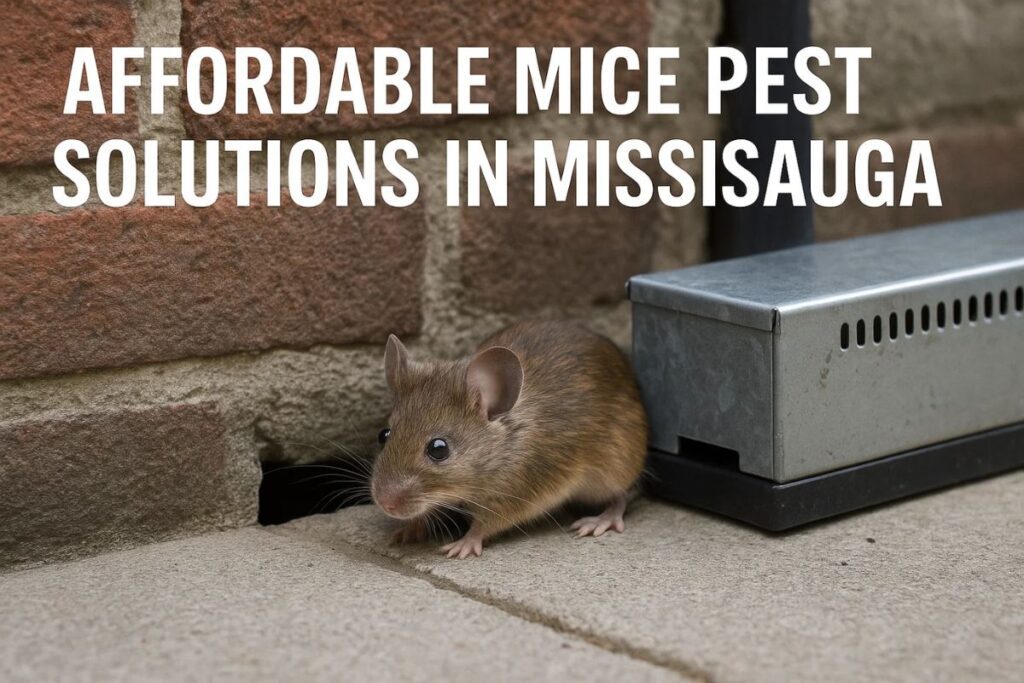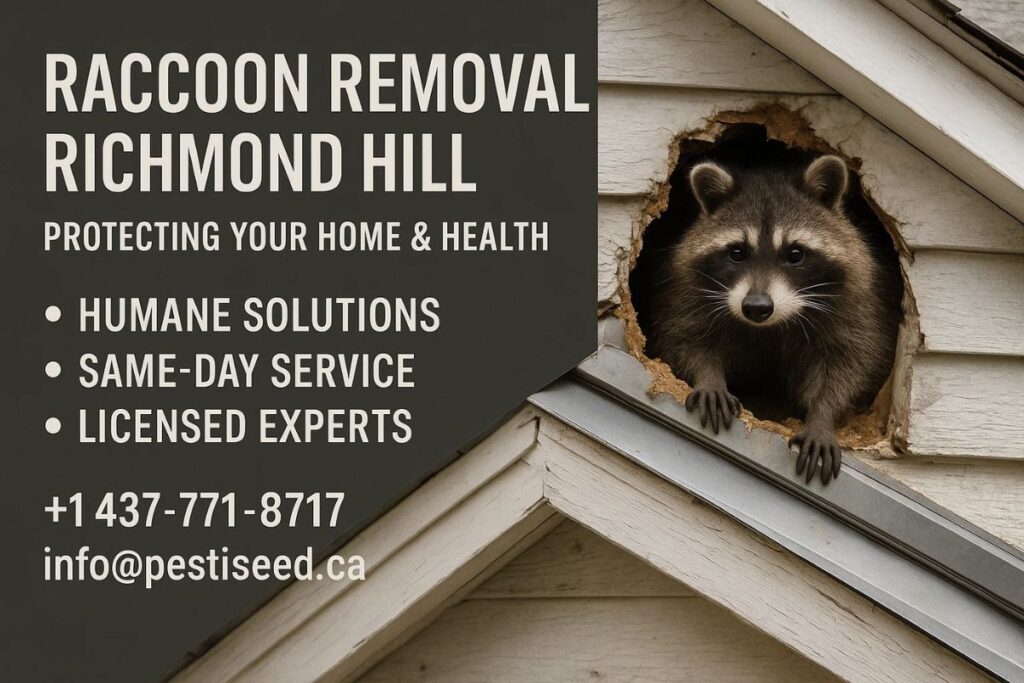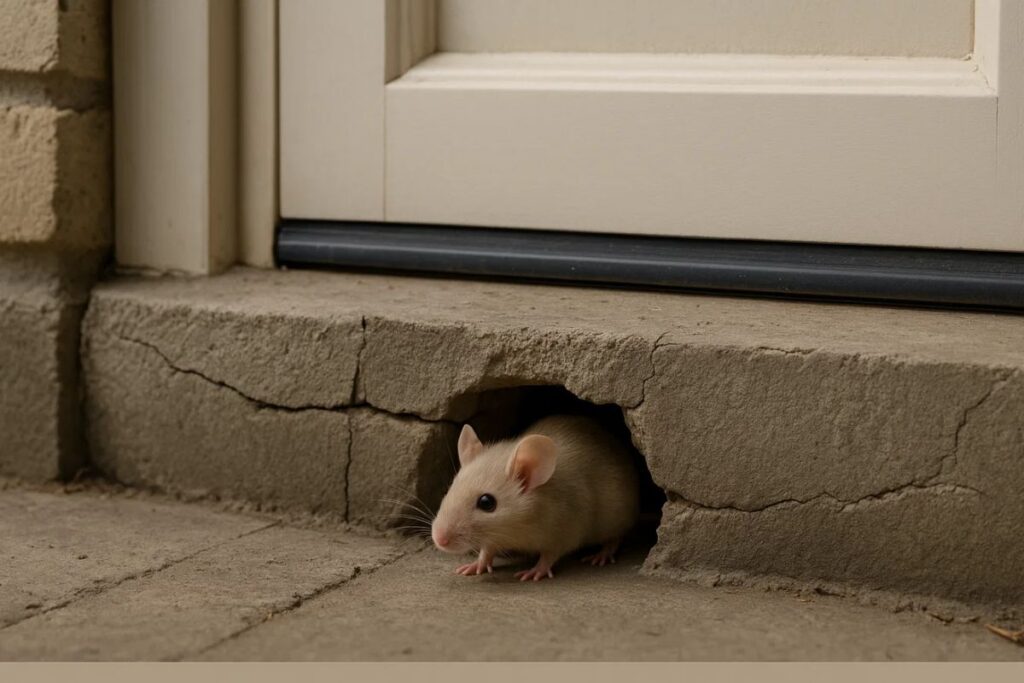Pest control cost in Toronto starts at $99 with Pestiseed. The average cost of pest control depends on your pest problem. Bed bugs cost more than ants. Mice treatments fall somewhere in the middle.
Toronto prices stay competitive with other major cities. We offer affordable rates that beat most competitors. Our licensed experts handle everything from cockroaches to wasps. Same day availability means you don’t wait around. Fast action prevents bigger problems later.
What Makes Toronto Pest Control Pricing Fair
Toronto’s pest control prices reflect real market conditions. Professional pest control companies need proper licenses here. Licensed experts cost more than unlicensed workers. But you get safe solutions and guaranteed results. We’ve provided trusted service for 5+ years in Toronto.
Our price starts on $99 for basic treatments. No surprise fees or hidden costs later. No hidden fees means exactly what we quote. 24/7 service availability costs the same as regular hours. Local trusted companies like us know Toronto’s pest patterns. We enjoy 10% off all pest control services as our welcome offer.
Pest Control Cost by Type in Toronto
Different pests require different treatments in Toronto. Each pest type comes with its own pricing structure. Pest control costs vary based on the specific infestation you face. Professional pest control experts know which methods work best for each situation.
Pestiseed pest control handles all types of household pests with licensed experts. We offer fast service and safe solutions for Toronto families. Our local trusted team provides same day availability when you need help most. With 5+ years experience and 24/7 service, we tackle any pest problem efficiently.
Bed Bug Treatment Cost
Bed bug pest control cost depends on your home size and infestation level. Bed bug pest control cost From $99. Heat treatments work faster but cost more than chemical options. Cost of pest control for bed bugs includes multiple visits in most cases. Bed bugs hide in mattresses, furniture, and tiny cracks throughout your home.
Professional pest control teams use specialized equipment for heat treatments. Chemical treatments take longer but penetrate deeper into hiding spots. Most bed bug cases need follow up visits to catch newly hatched bugs. Our licensed experts inspect your entire home before recommending the best approach.
Mouse and Rat Control Pricing
Mouse pest control cost varies between prevention and active removal services. Pest control mice cost Start from $99 includes sealing entry points and removing current populations. Rat control requires different strategies than mice control due to size differences. Prevention services cost less than dealing with established infestations.
Our safe solutions protect your family while eliminating rodent problems. Mice can squeeze through holes smaller than a dime. Rats cause more structural damage and health risks than mice. We use eco-friendly pest control methods whenever possible for family safety.
Cockroach Extermination Cost
Cockroach pest control cost depends on which species invades your home. Cockroach pest control cost Start From $99 varies by treatment method chosen. Gel baits work well for small infestations, but severe cases need stronger treatments. Cockroach problems often require ongoing monitoring to prevent return visits.
German cockroaches breed faster than other species in Toronto homes. American cockroaches prefer basements and crawl spaces with moisture. Our pest control strategies target specific cockroach behavior patterns. Integrated pest management combines multiple approaches for better results.
Ant Control Service Cost
Ant pest control cost changes with Toronto seasons and ant species. Carpenter ant pest control cost Start From $99 runs higher due to structural damage potential. Average cost of pest control for ants includes identifying the colony source. Spring and summer bring more ant activity requiring different treatments.
Carpenter ants damage wood structures while foraging for food sources. Regular ants focus on kitchen crumbs and pet food areas. Our pest control services locate outdoor colonies feeding indoor problems. Preventative pest control stops ants before they establish permanent indoor trails.
Factors That Affect Pest Control Cost
Pest control costs in Toronto change based on many things. We see this every day in our work. Some homes need simple treatments. Others need complex solutions. The factors affecting cost make each job different. Our licensed experts know what drives prices up or down.
Pest control service cost depends on your specific situation. We have 5+ years experience helping Toronto families. Every property tells its own story. Some need fast service for urgent problems. Others want preventative pest control to stop issues early. Our team provides safe solutions for all situations. We offer same day availability when you need help fast.
Property Size Makes a Big Difference
Home pest control cost varies by square footage. Small condos need less time and materials. Large houses require more work and products. We measure every space carefully. Commercial pest control cost follows the same rule. A small shop costs less than a big warehouse.
Infestation level changes everything too. Light ant problems take one visit. Heavy cockroach issues need multiple treatments. We scale our approach to match the problem. Small infestations get basic treatments. Major problems need intensive work. Our 24/7 service handles emergencies of any size.
Property access affects pricing too. Easy to reach areas cost less. Hard spots like crawl spaces take more time. We work safely in all conditions. Multi story buildings need special equipment. Cluttered spaces slow down treatments. Clean, open areas work faster. Our team adapts to every situation.
Treatment Methods Change Your Bill
Pest control methods range from simple to complex. Basic sprays work for minor issues. Advanced heat treatments cost more. We choose the right method for your problem. Ongoing pest management saves money over time. One time fixes might not last.
Preventative pest control stops problems before they start. Regular treatments cost less than emergency calls. We create custom plans for each property. Monthly visits work for high risk areas. Quarterly service suits most Toronto homes. Our local trusted team knows what works here.
One Time vs Ongoing Pest Control Plans
Most Toronto homeowners face a tough choice when pests invade. Do you book a one time pest control service or sign up for recurring pest control? We’ve helped thousands of families make this decision over our 5+ years of experience in the pest control business. The answer isn’t always obvious, but we’ll break it down for you.
One time treatments work great for sudden pest problems. You see ants marching across your kitchen counter. You call for same day availability. Our licensed experts arrive with safe solutions. We eliminate the infestation and you’re back to normal. Price starts at $99 with no hidden fees. This approach makes sense for isolated pest issues that won’t likely to return.
Pest control service plans tell a different story entirely. Ongoing pest management keeps pests away before they become a problem. We visit your home every few months. Our 24/7 service team monitors for potential pest issues. Preventative pest control stops insects and rodents before they multiply. Recurring pest control costs less per visit than emergency pest control. Pest control packages include pest inspection and specialized pest treatments.
Professional pest control prevents common household pests from taking over. Local trusted families choose ongoing service because it saves money long term. Different pests need different pest control methods. Pest control services work better when they’re consistent. Fast service means we catch pest problems early. Guaranteed results come from regular pest management. Affordable rates make pest control plans budget friendly for Toronto families.
Emergency and Same Day Pest Control Cost
Need emergency pest control right now? We get it. Pests don’t wait for business hours. A wasp nest by your front door needs urgent pest removal. Mice in your kitchen can’t wait until Monday. That’s why Pestiseed offers 24/7 service across Toronto. Our licensed experts have 5+ years of experience handling urgent calls. We know Toronto neighborhoods inside out. Same day availability means real help when you need it most.
Same day pest control costs more than regular service. Most Toronto companies charge extra for urgent calls. But we keep things fair. Our price starts on $99 even for emergency visits. No surprise fees later. Affordable rates mean you won’t break the bank. We offer guaranteed results with every service. Plus enjoy 10% off all pest control services when you book today. Our fast service and safe solutions protect your family right away. Local trusted experts arrive within hours. No hidden fees means the price we quote is what you pay. We’ve helped thousands of Toronto families sleep better at night.
Hidden Costs and What to Watch For
Many pest control companies in Toronto add surprise charges after the initial quote. We’ve seen homeowners pay double their expected costs because of hidden costs that weren’t mentioned upfront. Some companies quote low prices to win your business. Then they add fees for inspections, follow up visits, or specialized pest control treatments. Others charge extra for emergency pest control or weekend services. Commercial pest control clients often face additional charges for multiple visits or building wide treatments.
Pestiseed believes in transparent pricing with no hidden fees for all Toronto residents. Our licensed experts provide complete quotes that include inspection, treatment, and follow up visits. We’ve been serving Toronto for 5+ years with affordable rates starting at $99. Our fast service and same day availability don’t come with premium charges like other companies. When you call for 24/7 service, the price stays the same. We offer safe solutions that work the first time, so you won’t need costly repeat visits. Local trusted families choose us because we guarantee our work. Professional pest control shouldn’t break your budget or surprise you with extra bills. That’s why we offer 10% off all pest control services with upfront pricing you can trust.
How to Save Money on Pest Control in Toronto
Finding affordable pest control in Toronto doesn’t mean you have to sacrifice quality. We’ve helped thousands of Toronto homeowners discover that cheap pest control isn’t always the cheapest option in the long run. Many people think they’re saving money by choosing the lowest price. But here’s what we learned after 5+ years in this business. The cheapest service often leads to repeat visits and wasted money.
Discount pest control services work best when they come from licensed experts who know what they’re doing. We offer pest control deals that actually save you money because our treatments work the first time. Our same day availability means you don’t waste time letting problems get worse. Toronto winters bring mice and rats indoors looking for warmth. Spring brings ants marching into kitchens. Summer means wasps building nests near your deck. Fall is when spiders move inside. We provide fast service with safe solutions that protect your family year round. Our 24/7 service means you get help when you need it most. Price starts on $99 with no hidden fees and we’re local trusted professionals. Guaranteed results mean you get what you pay for. Enjoy 10% off all pest control services when you book with us today.
Why Choose Professional Over DIY
Professional pest control beats doing it yourself every time. Here’s why smart Toronto homeowners trust licensed pest control experts instead of trying home remedies. DIY pest control might seem cheaper at first. But it often costs more money in the long run.
We’ve seen countless homeowners try store bought sprays first. They call us weeks later when the problem gets worse. Licensed experts know exactly which treatments work for each pest. We use safe solutions that protect your family and pets. Our 5+ years experience means we spot problems you might miss. Professional pest control targets the root cause, not just what you see. Store bought products only kill visible bugs. The hidden nest keeps making more pests. We find and eliminate the source completely.
Fast service means your problem gets solved quickly. Same day availability stops infestations before they spread. Our 24/7 service handles emergencies when pests won’t wait. Local trusted experts know Toronto’s specific pest challenges. We understand which bugs are common in your neighborhood. Affordable rates starting at $99 beat the cost of multiple DIY attempts. No hidden fees means you know the exact cost upfront. Plus, enjoy 10% off all pest control services when you book today.
Pest Control Cost by Toronto Neighborhood
Pest control Toronto pricing changes based on where you live. Downtown areas often cost more than suburbs. We see this pattern in our 5+ years experience serving the city. Local pest control teams know each neighborhood well.
Downtown Toronto properties face unique challenges. Apartment buildings and condos need special treatment methods. Licensed experts handle these complex jobs daily. Older buildings downtown often have more pest entry points. This means more work for our technicians. Pest control near me searches spike in dense areas like King West and Entertainment District. We provide same day availability because downtown infestations spread quickly. High rise buildings need safe solutions that protect all residents. Our 24/7 service handles emergency calls from busy downtown areas. Office buildings and restaurants need fast service to stay operational.
Suburban neighborhoods like Etobicoke and Scarborough have different needs. Single family homes are easier to treat than downtown towers. Local trusted providers understand suburban pest patterns. Mice problems increase in fall when temperatures drop. Ant issues peak during spring and summer months. Affordable rates matter more in family neighborhoods. We offer no hidden fees pricing that suburban families appreciate. Our price starts on $99 for basic suburban treatments. Guaranteed results mean families get real value. Suburban customers love our 10% off all pest control services discount. Backyards and gardens create different pest challenges than downtown spaces.
Frequently Asked Questions
Toronto homeowners ask us the same pest control cost questions every day. We’ve been helping families for 5+ years with safe solutions and affordable rates. Here are the real answers from our licensed experts who know Toronto’s pest problems inside and out.
Getting fast service shouldn’t cost you extra fees. We believe in no hidden fees and clear pricing from day one. Our 24/7 service means you get help when you need it most.
How much does pest control cost in Toronto?
Pest control services in Toronto start at $99 with Pestiseed. Most companies charge way more for the same work. We keep costs low because we’re local trusted experts who live here too. Average cost of pest control in Canada runs much higher than our rates. Pest control prices depend on what pests you’re dealing with. Different pest control methods cost different amounts. We always tell you the price upfront with guaranteed honest quotes.
What’s the cost of pest control for bed bugs?
Bed bug pest control cost varies by room size and infestation level. How much does it cost for bed bug pest control depends on treatment method too. We use effective pest control methods that work the first time. Cost of pest control for bed bugs includes follow up visits. Our professional pest control team handles severe cases daily. Bed bug pest control cost starts at $99 for initial inspection.
How much does mice control cost?
Mouse pest control cost depends on entry points and nest locations. Pest control mice cost includes sealing holes and removing attractions. Pest control cost for mice varies by home size. Average cost of pest control for mice in Toronto exceeds our competitive rates. We offer same day availability for pest problems. Mice control requires ongoing pest management for best results.
What does ant control service cost?
Ant pest control cost changes with ant species and colony size. Average cost of pest control for ants includes indoor and outdoor treatment. Carpenter ant pest control cost runs higher due to structural damage risks. Carpenter ants pest control cost requires specialized pest control methods. Our pest control methods target the source. Ants respond well to integrated pest management approaches.
How much is cockroach extermination?
Cockroach pest control cost starts at $99 for single room treatment. Cockroach pest control cost depends on cockroach species. German cockroaches need different treatment than American ones. Our pest control services include follow up monitoring. Cockroach control works best with preventative pest control measures. Traditional pest control methods often fail with roaches.
What about emergency pest control pricing?
Emergency pest control costs the same as regular service calls. Same day pest control doesn’t mean extra charges with us. Other companies charge premium for urgent pest issues. We believe emergency pest control should be accessible to everyone. Same day availability is part of our standard service. 24/7 service means we’re here when wasps attack or bugs invade.
Do you offer pest control service plans?
Pest control service plans save money over single treatments. Ongoing pest management prevents common pests from returning. Control service plans include regular inspections and treatments. Pest control services work better with consistent scheduling. General pest control covers household pests year round. Control plans include specific pest problems as they arise.
What’s included in your pest control services?
Our pest control services include thorough pest inspection first. Control services cover treatment and follow up visits. Professional pest control means licensed technicians every time. Pest control company services include eco-friendly pest control options. Right pest control approach depends on pest type. Industrial pest control and commercial pest control are available too.
How do your rates compare to other companies?
Pest control costs in Toronto average much higher than ours. Control costs vary widely between pest control companies. Average cost elsewhere starts where ours ends. Control prices reflect quality and experience level. Affordable pest control doesn’t mean cheap results. Control pricing transparency sets us apart from competitors.
Why choose Pestiseed for pest control?
We’re local trusted experts with real Toronto experience. Licensed experts handle every job with safe solutions. Fast service and guaranteed results every time. Enjoy 10% Off All Pest Control Services as new customers. Trusted by neighbors throughout Toronto for pest free homes.
